1. Introduction to Bounty Hunting: Defining the Role and Its Cultural Significance
Bounty hunting has long captured the imagination as a profession marked by danger, autonomy, and moral complexity. Historically, real-world bounty hunters originated in the 17th and 18th centuries, primarily in colonial America, where they pursued criminals or individuals with outstanding warrants for monetary rewards. This role was often intertwined with the rough frontier justice, embodying a form of law enforcement outside official channels.
Over time, the depiction of bounty hunters transitioned from gritty historical figures to iconic characters in popular media. Films like “The Outlaw Josey Wales” and TV series such as “The Mandalorian” have transformed bounty hunting into a symbol of rugged independence and moral ambiguity. In contemporary storytelling—especially in video games and movies—bounty hunters serve as compelling narrative devices, embodying themes of justice, revenge, and personal redemption.
This evolution underscores the importance of bounty hunting as a versatile narrative element that explores human psychology and societal values, often blurring the lines between heroism and villainy.
Contents
- Psychological Motivations of Bounty Hunters
- Heroic vs. Anti-Heroic Archetypes
- Role of Environment and Setting
- Reflection of Societal Values
- Modern Illustration: Bullets And Bounty
- Impact on Character Development
- Non-Obvious Aspects of Psychology
- Ethical Implications and Audience Reflection
- Conclusion
2. Psychological Motivations of Bounty Hunters: Why Do Characters Pursue Bounties?
Understanding why bounty hunters chase their targets reveals complex layers of human psychology. Central to this are motivations such as justice, revenge, and personal gain. Many characters are driven by a sense of moral duty, seeking to uphold societal norms, or by personal vendettas that blur the line between lawful action and personal obsession.
The thrill of the chase is a significant factor, often linked to the release of adrenaline and dopamine, which reinforces risky behavior. In games and films, this excitement is depicted vividly—think of the high-speed pursuits in “Mad Max” or the intense bounty hunts in quick draw Kate—highlighting the hunter’s craving for danger and mastery.
Additionally, bounty hunting often involves moral ambiguity. Characters face ethical dilemmas: Should they pursue justice by lawful means or act as vigilantes? This moral tension fuels internal conflicts, making bounty hunters fascinating subjects for exploring human morality.
3. The Heroic vs. Anti-Heroic Bounty Hunter Archetypes
Traditional heroic bounty hunters are characterized by unwavering moral codes, often depicted as noble figures fighting for justice. Examples include classic Western heroes and modern space cowboys like “Star Wars”’s Boba Fett, who, despite his ruthless exterior, embodies a sense of honor and duty.
Conversely, anti-heroes are morally complex characters who operate in shades of gray. They may pursue bounties for personal profit, revenge, or out of necessity, as seen in characters like “Breaking Bad”’s Walter White or the morally ambiguous bounty hunters in “The Mandalorian”. These archetypes influence audience perception significantly—some sympathize with the anti-hero’s circumstances, fostering empathy for flawed protagonists.
Understanding these archetypes helps explain why bounty hunting remains compelling: it mirrors real-world moral conflicts and invites viewers to question the nature of justice.
4. The Role of Environment and Setting in Shaping Bounty Hunter Psychology
The environment where bounty hunting takes place profoundly influences character psychology. Western-themed settings, such as Tilted Town in Fortnite, evoke frontier justice, emphasizing rugged individualism and survival instincts. These landscapes foster a mentality rooted in self-reliance and often harsh moral codes.
Urban chaos, exemplified by “Mean Streets of Gadgetzan” in Hearthstone, emphasizes lawlessness and the necessity for adaptability. Bounty hunters operating in such settings often develop a cynical outlook, viewing morality as fluid.
Exotic or dystopian landscapes, like those in “Cyberpunk 2077” or “Mad Max”, challenge hunters’ mental resilience, pushing them to confront their own identity amid chaos. These environments shape their psychological resilience and moral boundaries, illustrating how setting influences behavior.
5. Bounty Hunting as a Reflection of Societal Values and Norms
Media portrayals often mirror societal attitudes toward justice. In some narratives, bounty hunting is depicted as a lawful profession, sanctioned by the state—highlighting societal trust in law enforcement. In others, it is shown as vigilante justice, raising questions about moral authority.
For example, in the TV series “Justified”, bounty hunters operate within the boundaries of the law, reflecting societal norms of justice. Conversely, characters like the anti-hero in “The Punisher” embody vigilante justice, often operating outside legal constraints.
Cultural differences also influence depiction. Western societies may emphasize legality and morality, while other cultures might focus on personal loyalty or revenge as driving forces. This diversity enriches the narrative complexity of bounty hunting in media.
6. Modern Illustrations: Bullets And Bounty as a Case Study
“Bullets And Bounty” exemplifies contemporary game design centered around the psychological aspects of bounty hunting. Its thematic focus revolves around moral choices, character depth, and the consequences of actions, resonating with timeless principles of human behavior.
The game’s narrative explores the internal conflicts experienced by bounty hunters—balancing personal morality with societal expectations—mirroring real-world psychological dilemmas. Its mechanics, such as reputation systems and moral decision trees, reinforce hunters’ psychological complexity, engaging players on a deeper level.
This modern illustration demonstrates how interactive media can provide immersive insights into bounty hunter psychology, fostering empathy and critical thinking among players.
7. Deep Dive: The Impact of Bounty Hunting on Character Development and Player Engagement
Bounty hunting characters often undergo significant psychological growth, confronting their motives, fears, and moral boundaries. For instance, a bounty hunter may start as a ruthless mercenary but evolve into a figure seeking redemption, illustrating internal conflict and character arc development.
Players often identify with bounty hunter personas, especially when moral choices are presented as dilemmas rather than clear-cut decisions. This fosters a strong emotional connection and investment in the narrative, as players navigate the tension between self-interest and moral responsibility.
Narrative tension created through moral ambiguity enhances engagement, making the experience more immersive and thought-provoking.
8. Non-Obvious Aspects of Bounty Hunter Psychology
Beyond action and morality, bounty hunters often grapple with loneliness and isolation. The solitary nature of their work fosters a sense of detachment from society, which can lead to post-bounty guilt and the pursuit of redemption arcs. These themes reveal the profound impact of their profession on personal identity.
Research indicates that such isolation can result in emotional numbness or post-traumatic stress, especially in characters or players deeply engaged in morally complex roles. This psychological toll often becomes central to character development, emphasizing resilience and the search for meaning.
Additionally, bounty hunting influences self-perception, prompting characters to question their motives and redefining their sense of purpose over time.
9. Ethical Implications and Audience Reflection
Media portrayals of bounty hunting raise important ethical questions. Are bounty hunters lawful enforcers or vigilantes? Do they possess moral authority, or are they justified in their actions only through personal or societal lenses? These questions invite audiences to reflect critically on justice and morality in their own societies.
By depicting bounty hunters with nuanced moralities, media encourages viewers to question simplistic notions of good and evil. For instance, in “The Mandalorian”, the protagonist’s evolving sense of morality challenges viewers to consider the complexity of justice beyond black-and-white narratives.
Furthermore, bounty hunting serves as a mirror to real-world issues such as law enforcement, vigilante justice, and societal norms, prompting reflection on how justice is defined and implemented.
10. Conclusion: The Enduring Fascination with Bounty Hunters in Media
The fascination with bounty hunters persists because it taps into fundamental human themes—justice, morality, identity, and resilience. Their psychological complexity offers rich storytelling opportunities, both in traditional media and interactive experiences like Bullets And Bounty.
As media continues to evolve, future portrayals are likely to delve deeper into nuanced moral conflicts, exploring the gray areas of human psychology. Such storytelling not only entertains but also enhances our understanding of human nature, echoing the timeless appeal of the bounty hunter archetype.
“The most compelling bounty hunters are those who embody the complexity of human morality—torn between law and chaos, justice and revenge.” – The Psychology of Media


